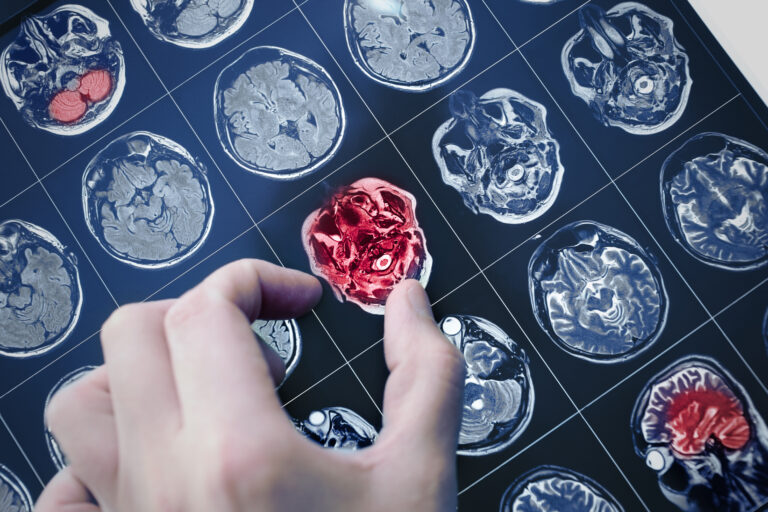**Understanding the Molecular Dynamics of Amyloid Precursor Protein Processing in Alzheimer’s Disease: New Perspectives**
Alzheimer’s disease is a complex condition that affects millions of people worldwide. At its core, Alzheimer’s is characterized by the accumulation of two main proteins in the brain: amyloid beta (Aβ) and tau. These proteins form clumps called plaques and tangles, which damage brain cells and lead to memory loss and cognitive decline.
One key protein involved in the development of Alzheimer’s is the amyloid precursor protein (APP). APP is a normal protein found in the brain, but when it is processed abnormally, it can lead to the formation of Aβ. In this article, we will explore how APP is processed and how this process contributes to Alzheimer’s disease.
**How APP is Processed**
APP is a type of protein called a transmembrane protein. This means it has parts that stick out of the cell membrane and parts that are embedded within it. When APP is processed, it is cut into smaller pieces by enzymes called secretases. There are two main pathways through which APP can be processed: the nonamyloidogenic pathway and the amyloidogenic pathway.
### Nonamyloidogenic Pathway
In the nonamyloidogenic pathway, APP is first cut by an enzyme called alpha-secretase. This cut produces a piece called sAPPα and a piece called alpha-C-terminal fragment (α-CTF). The α-CTF is then further cut by gamma-secretase, producing a piece called p3 and an intracellular domain called AICD. This pathway does not produce Aβ, so it is not harmful.
### Amyloidogenic Pathway
In the amyloidogenic pathway, APP is first cut by an enzyme called beta-secretase. This cut produces a piece called sAPPβ and a piece called beta-C-terminal fragment (β-CTF). The β-CTF is then further cut by gamma-secretase, producing Aβ and AICD. Aβ can aggregate and form plaques, which are a hallmark of Alzheimer’s disease.
**The Role of APP in Alzheimer’s Disease**
The abnormal processing of APP is a critical step in the development of Alzheimer’s disease. When APP is processed through the amyloidogenic pathway, it produces Aβ, which can accumulate in the brain and form plaques. These plaques are toxic to brain cells and contribute to the progression of the disease.
### Extracellular Vesicles and APP
Recent research has shown that APP is not just a static protein; it is dynamic and can be secreted by cells in extracellular vesicles (EVs). These EVs, also known as exosomes, contain various proteins and other molecules that can be released into the extracellular space. The study of APP-containing EVs (App-EVs) has revealed that they play a significant role in the clearance of protein aggregates, including Aβ.
Valosin-containing protein (Vcp), a protein involved in the disassembly of protein aggregates, has been found to be a cargo in App-EVs. This suggests that App-EVs may have a role in the clearance of protein aggregates, including tau, which is another protein involved in Alzheimer’s disease.
### New Perspectives
Understanding the molecular dynamics of APP processing provides new insights into the pathogenesis of Alzheimer’s disease. The discovery of App-EVs and their role in protein aggregate clearance opens up new avenues for research and potential therapeutic strategies.
1. **Therapeutic Targets**: By targeting the enzymes involved in APP processing, such as beta-secretase and gamma-secretase, it may be possible to reduce the production of Aβ and slow down the progression of Alzheimer’s disease.
2. **Exosome-Based Therapies**: The study of App-EVs could lead to the development of new therapies that utilize these vesicles to deliver therapeutic molecules to the brain, helping to clear protein aggregates and reduce neurotoxicity.
3. **





